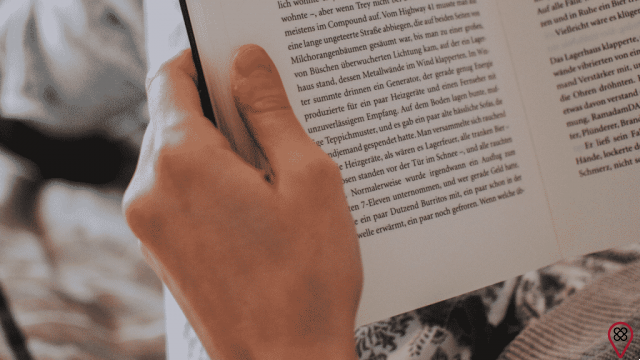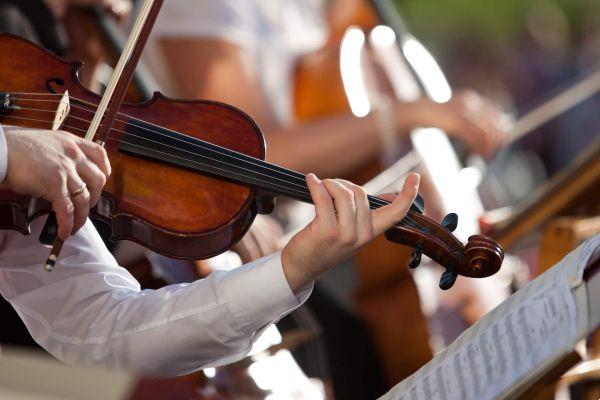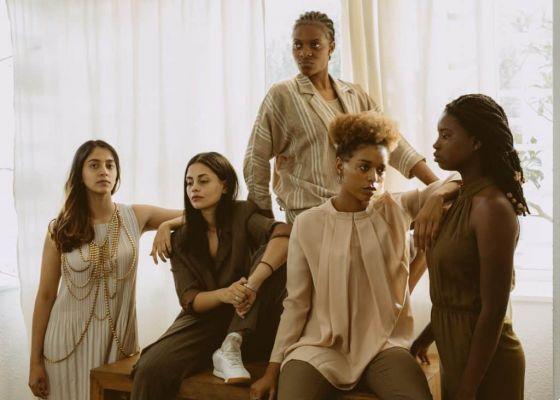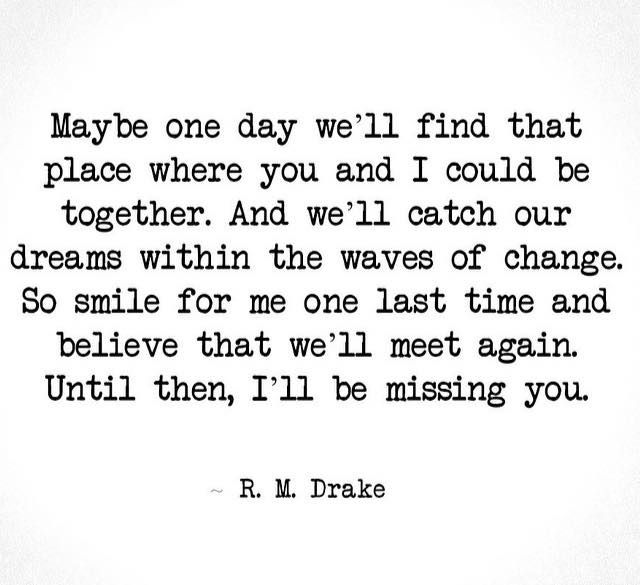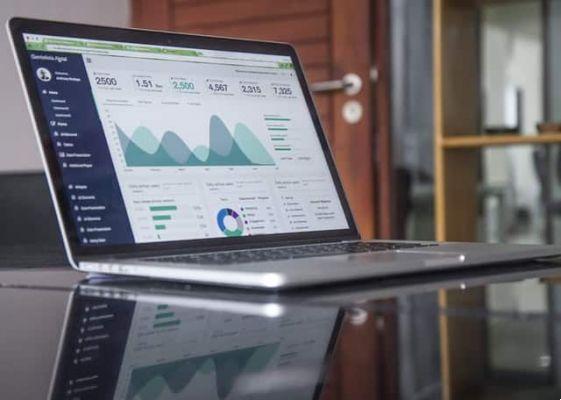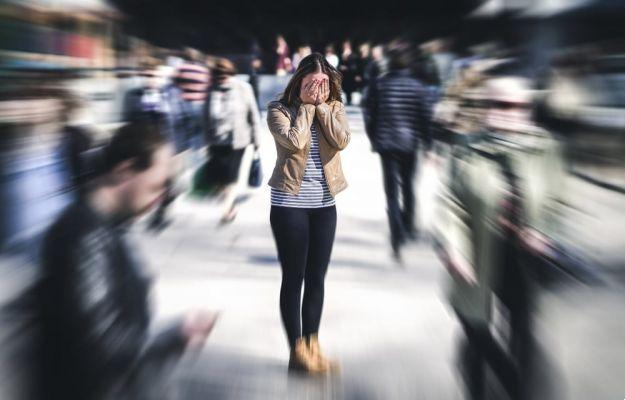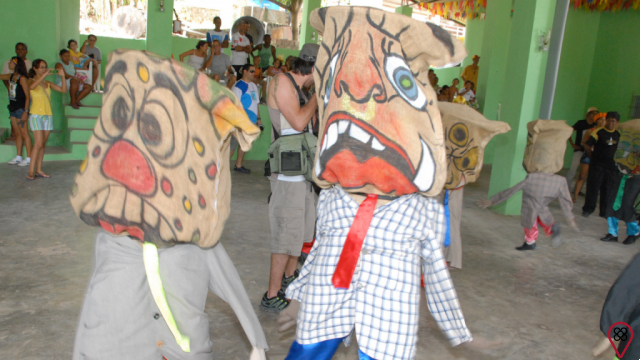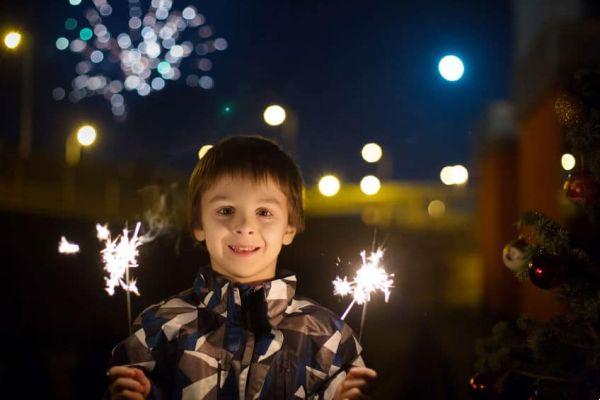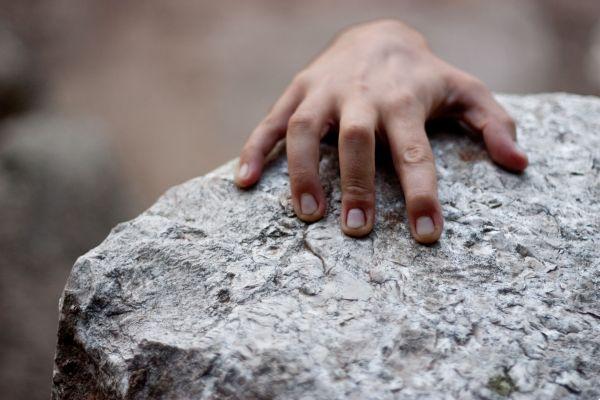What is audio description (or audio description)?
Both forms are correct, for reasons of school and choice, I adopt audio description.
The name causes strangeness, this accessibility feature is still unknown by the general public and also by many blind people.
To give you an idea of the importance of this accessibility resource, in Spain, the last 2010 census reveals a disability in 23,9% of the population: 45,6 million with some type of physical, visual, hearing, intellectual or multiple disability.
Audio description is considered an intersemiotic translation, where a visual sign is translated into a verbal one, the reception is done through a recorded, narrated or synthesized voice, thus allowing blind and low vision people to have access to the content of various visual products, whether static or dynamic.
It emerged in the US in the 70s, expanded across Europe and arrived in España around 2000.
With a lag of approximately 30 years, it is now gaining strength in España as a must-have accessible tool.

In a very objective way, audio description is the translation of images into words. Any product that can have the image translated into words can be audio described: films, plays, opera and musicals, dance, sporting and cultural events. Who benefits from this? The target audience is the blind and people with low vision, who will have a greater understanding of what is presented and, with that, a greater interaction with sighted people. But it also includes people with dyslexia and the elderly.
Studies validate benefits for people on the autistic spectrum and for people with attention difficulties.
Gestures, colors, shapes and everything that is relevant to the understanding of a given work are translated to the attentive eye of the audio describer so that the person with a disability has equal conditions to give an opinion, decide and even acquire something that would be impossible without the accessible resource.
The professional audio describer must be a good observer.
To faithfully translate what he sees, detail without giving an opinion and with objectivity. Assess whether or not that information is relevant to understanding the context.
I've talked to blind people who love to receive everything in detail. Other blind people just want the stock information that is not spoken.

The product will reach the blind from birth, the youth who lost their sight, the adult and those with low vision.
A good audio description always starts with a good script and a great review by another audio describer and a visually impaired audio describer.
The audio describer uses learned techniques and individual skills: good vocabulary, ability to write well-connected, fluent sentences with no perceptible sound obstacles at the time of reception.
A good audio description should prioritize the translation with rich details of what is seen, however, synthesized, so that it is not tiring.
If it is narrated, let it be by a good narrator, with good diction, without interpretation, but with appropriate intonation for each product.
If it is recorded, it must be of at least good technical quality and with good receiving devices, without interference.
In shows (such as theater, dance and operas), we work by watching rehearsals, talking to actors, dancers, director, costume designers and set designers.
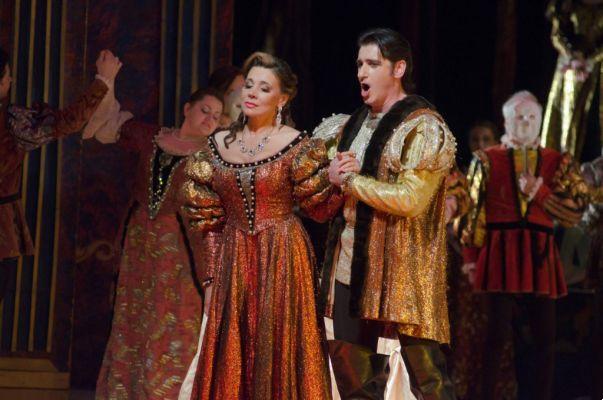
Detailing becomes necessary: describing the event location, the stage, sets, costumes, fabrics used, lighting, making the event invitation accessible, with a description of the images contained in e-flyers.
All this work goes unnoticed because it happens very naturally at the time of the presentation, but it requires a lot of preparation time.
The narration is always face-to-face, live, as there may be an improvisation.In the case of film scripts, as there are no improvised scenes, they can be recorded and the script received by simultaneous translation phones or apps.
Just to give you an idea: to make a 2-hour movie, it takes approximately 40 hours.
We watched the film several times, we took breaks, we went back, we corrected, we racked our brains to fit the accessible script into the pauses in the lines. The overlapping of the lines only happens in extreme cases.
From my professional experience, the biggest difficulty is the dance shows. Why? Because there's no speech, just music and eventually some sounds. It has a plot, a story, a beauty, an enchantment suspended in the imagination of the listener that may or may not coincide with the time of the movements.
The action of bodies in the space it occupies has to be translated.
It is not enough to use terms such as turns, turns, turns, jumps, you have to research a lot about what the choreographer wanted to convey.
Therefore, in this situation, a dancer consultant is essential.
For the second year in a row, the blog “The Girls of the Eyes” made the audio description of the São Paulo carnival, so far, our biggest challenge! Given mission is accomplished mission.
Is that you? Are you ready for a mission?

Shall we start with the basics?
On the social networks: posted a photo or image? What do you see? That simple: describe for those who don't see.
The computer and the cell phone are part of our daily lives, and even more, as a facilitator for people with visual impairments.
Digital accessibility is achieved through devices such as hardware and voice software.
It turns out that the voice reader used by the blind, Jaws, Dosvox, NVDA and others, does not read images, so if you have any written content inserted into an image, the blind will not have access, as well as photos and any other type of image. .
Try to make a brief description, translate what happens in the scene.
Facebook already uses artificial intelligence for descriptions, but they are still very basic.
By describing your images, you show goodwill and respect!
It's all a matter of habit, with time, the act of describing images becomes something natural.
On the page "Honey Heart Iris", you will find many examples of descriptions, just go there and get started: https://www.facebook.com/AsMeninasdosOlhos?ref=br_rs.
Small tips to make your presentations more visually accessible:
- Before starting the talk, introduce yourself to the microphone and off the microphone. Thus, the blind audience will know where the speakers are located;
-
If the speaker knows that the event will have audio description, make the material available to the audio describer beforehand;
-
Another important detail is to give a short break between one slide and another so that the audio describer has time to describe the images;
-
If you don't have the audio description feature, the speaker himself can describe the images in a simple way:
The slide whose title is… Is illustrated by… On the slide, a photo of… On the slide, the graph shows the results of…
A big accessible hug!
You may also like another article by this author. Access: MY FATHER AND BERGÈRE WITHOUT FUTURE



